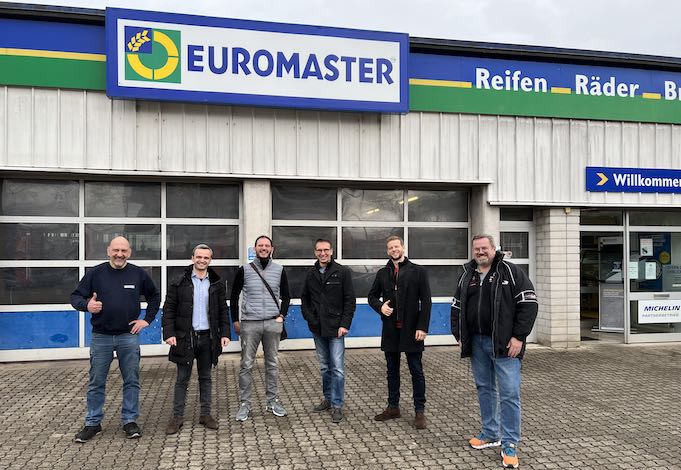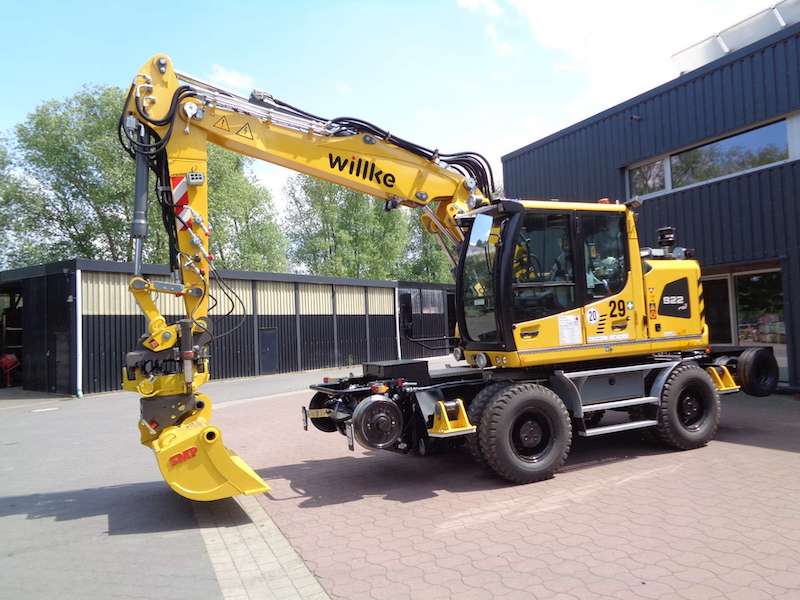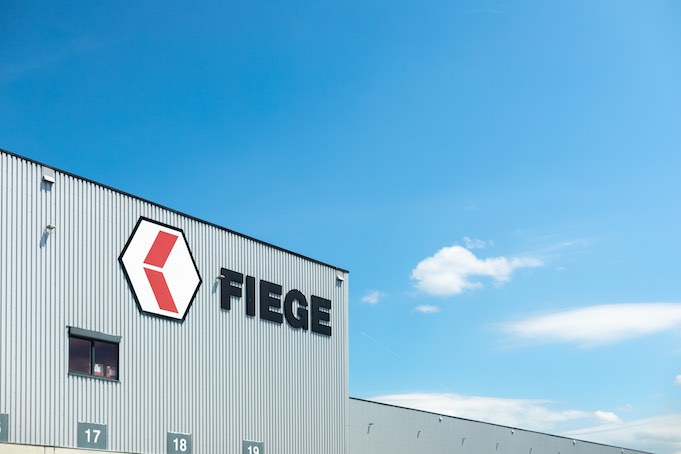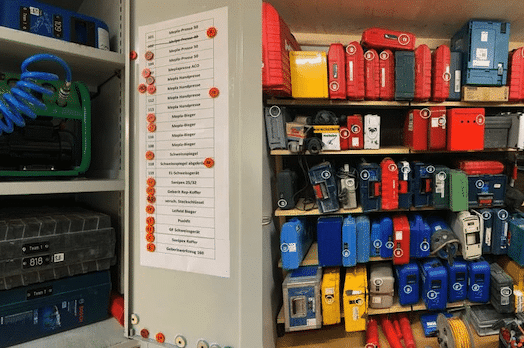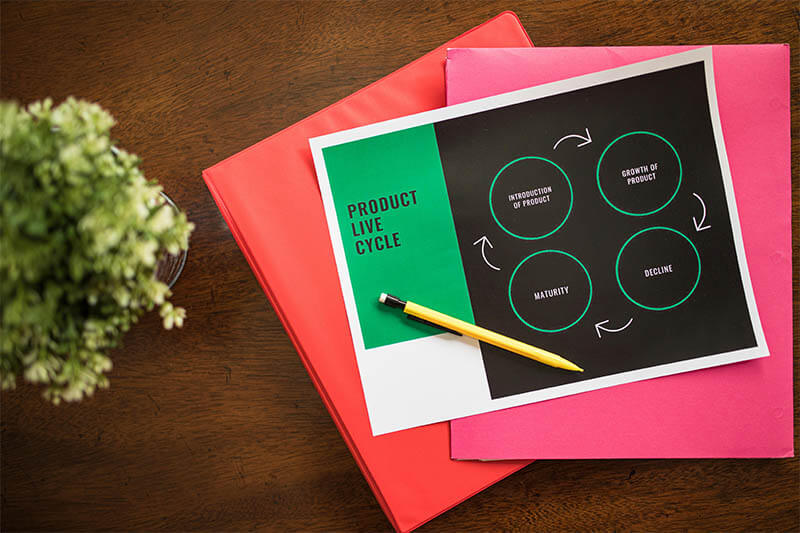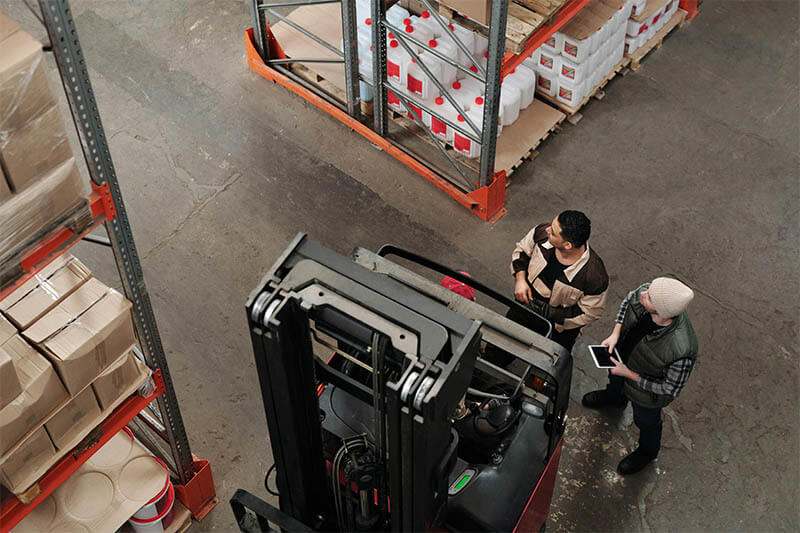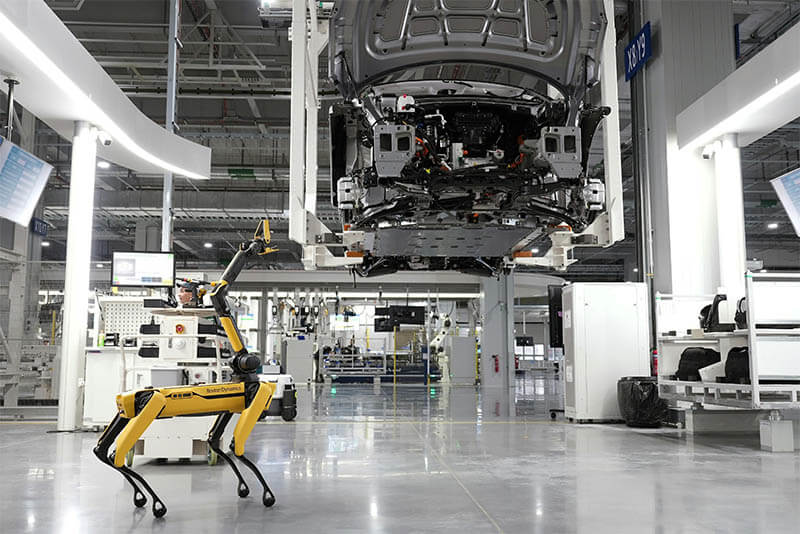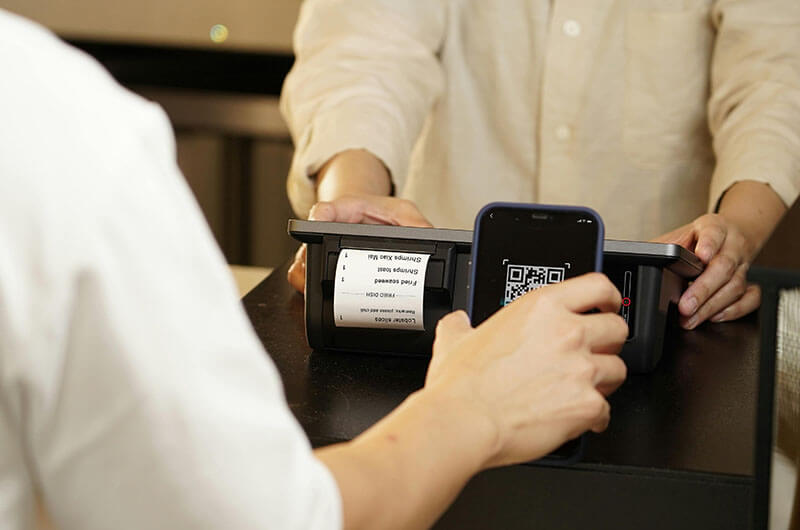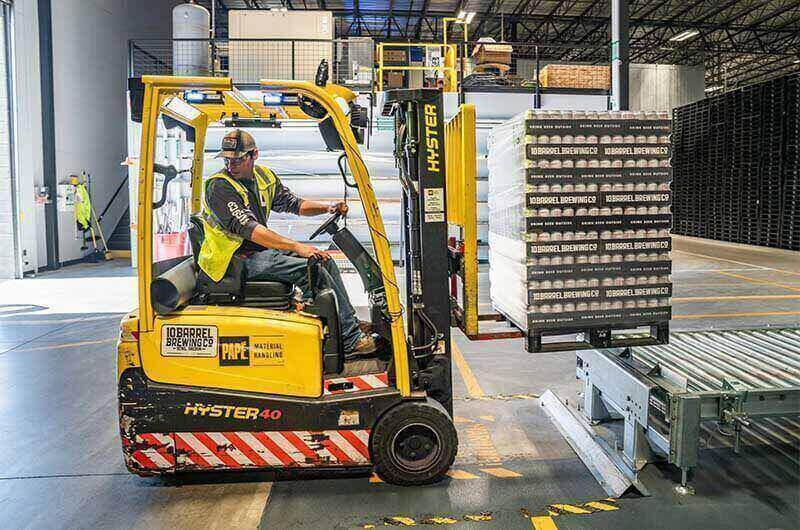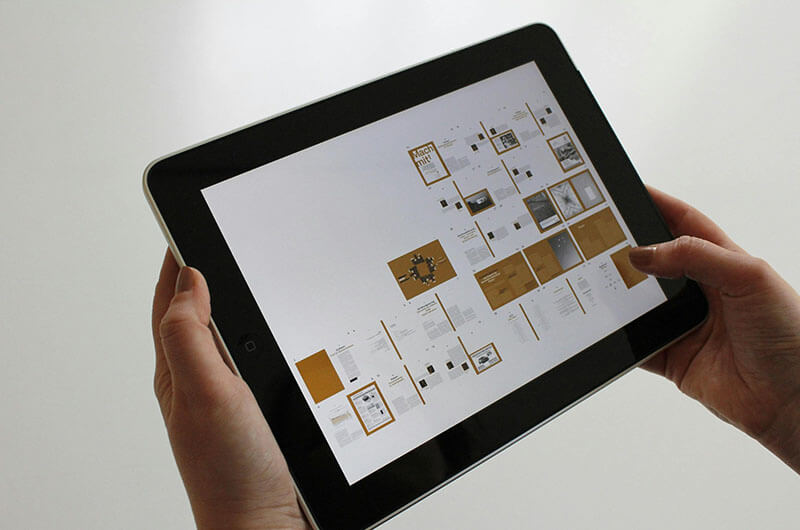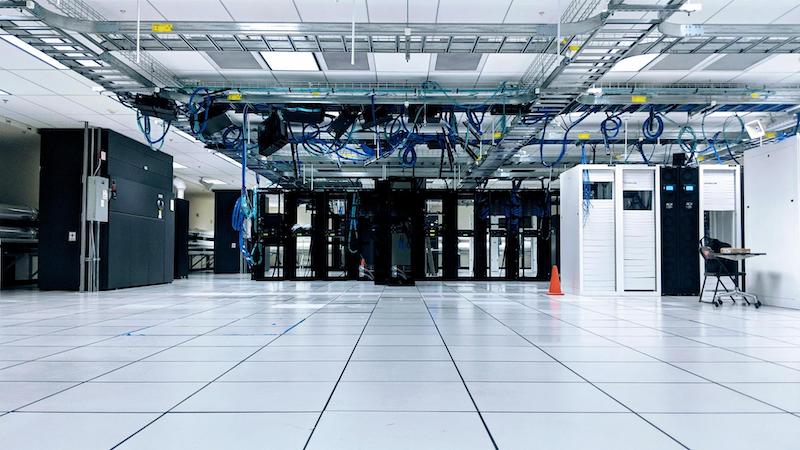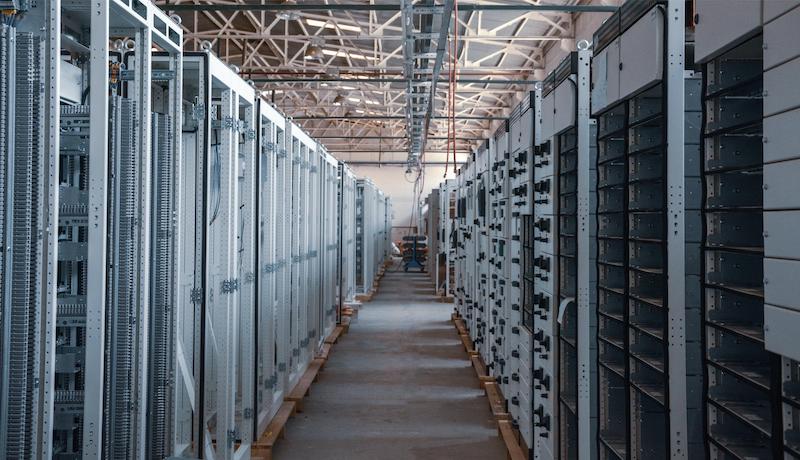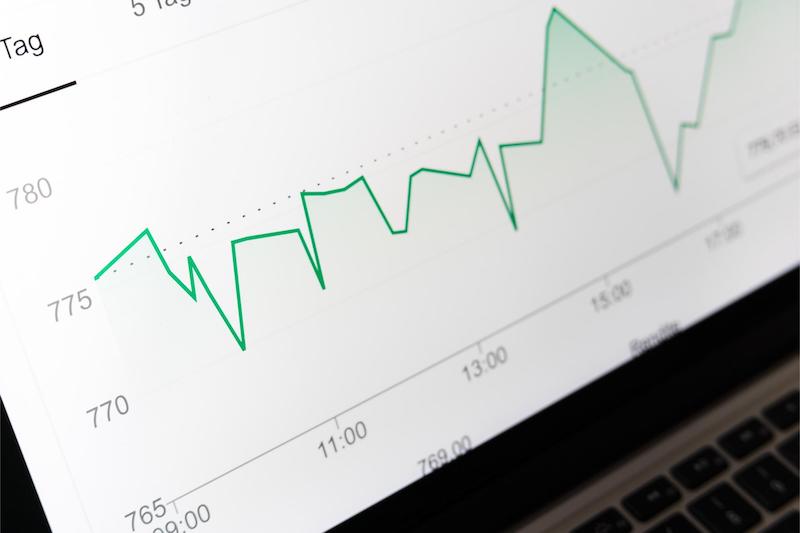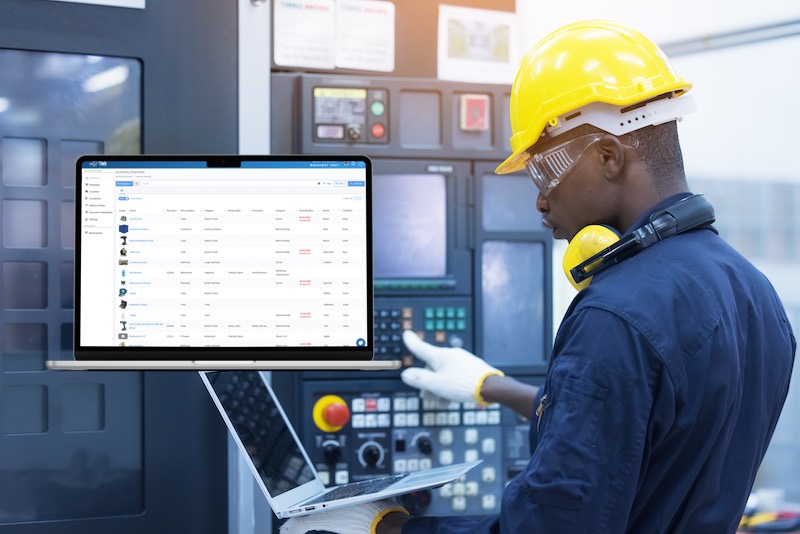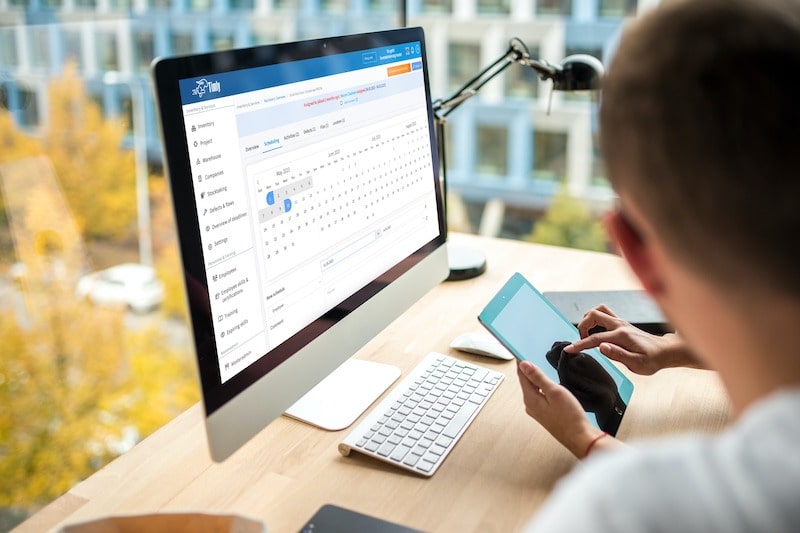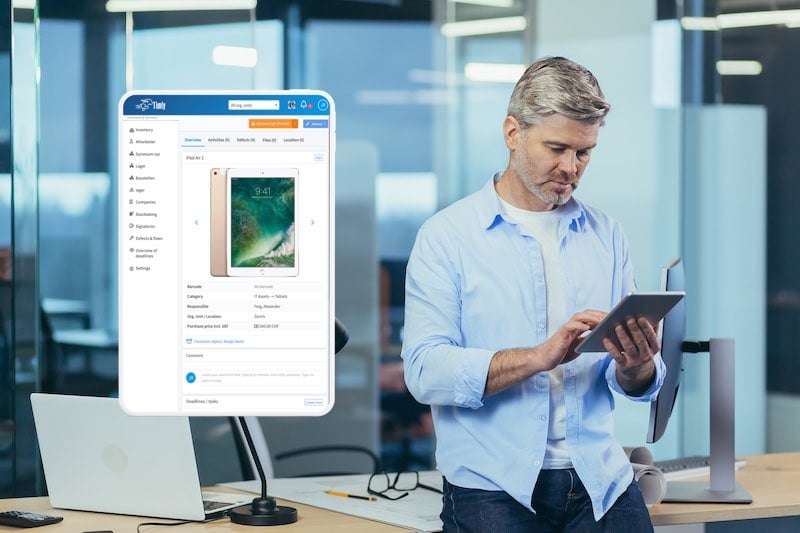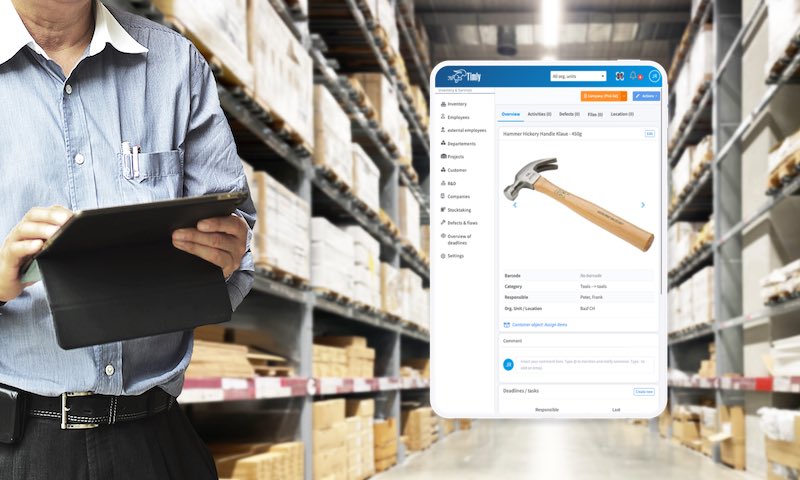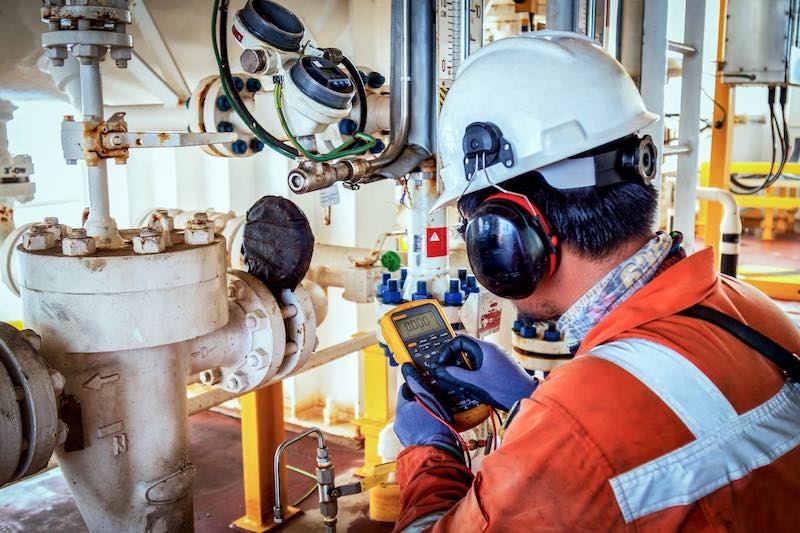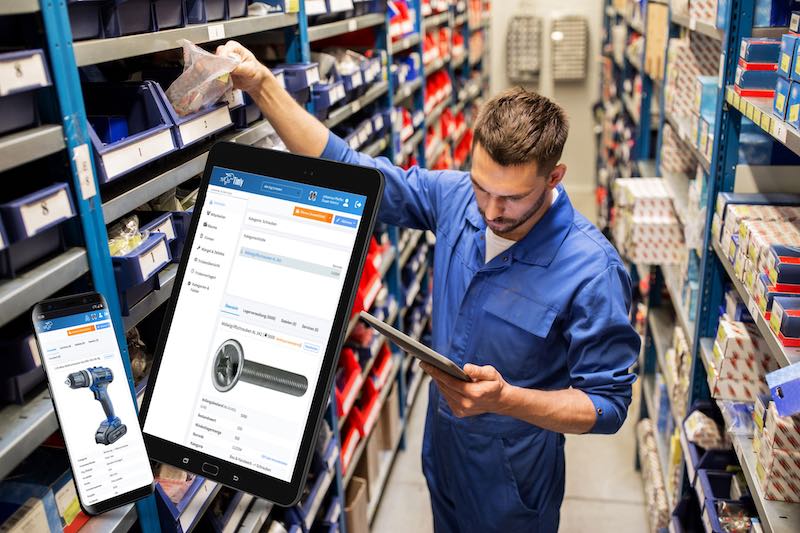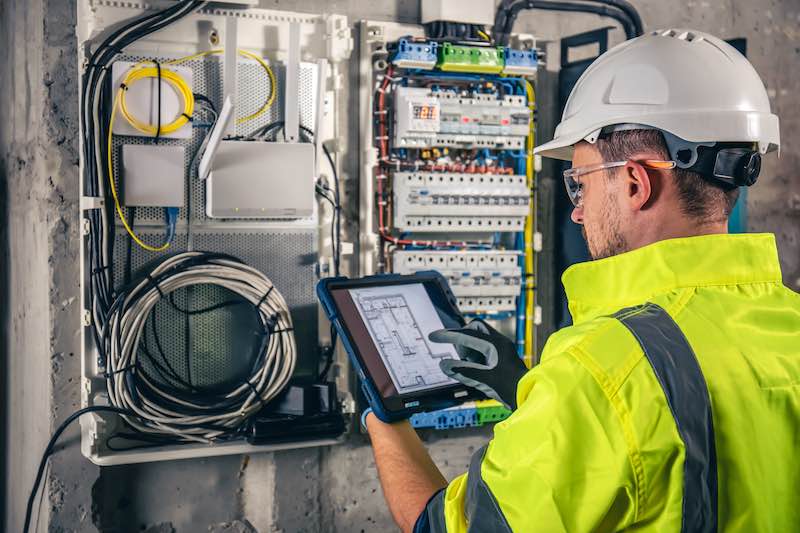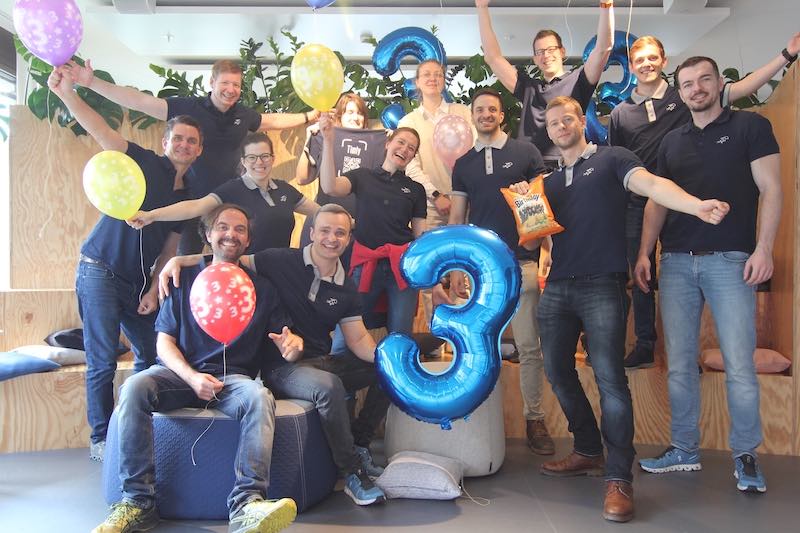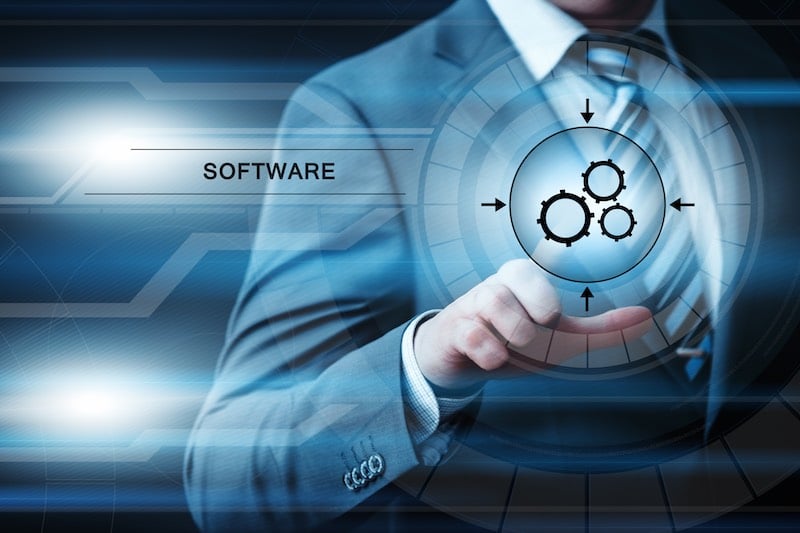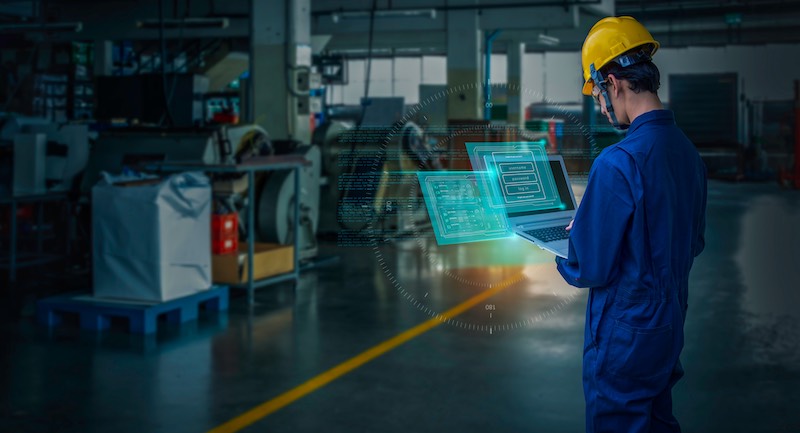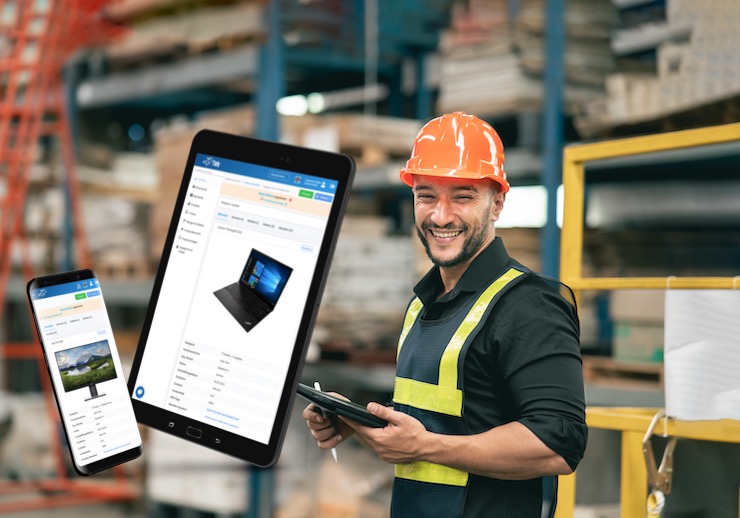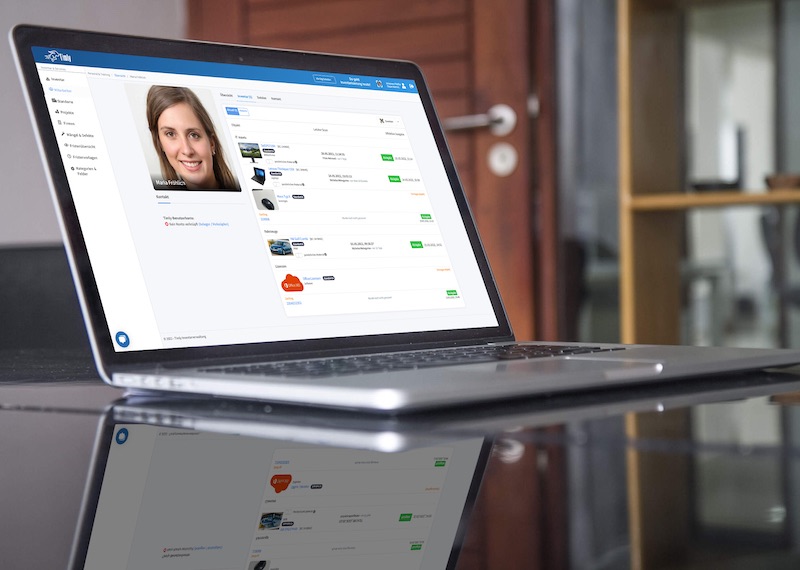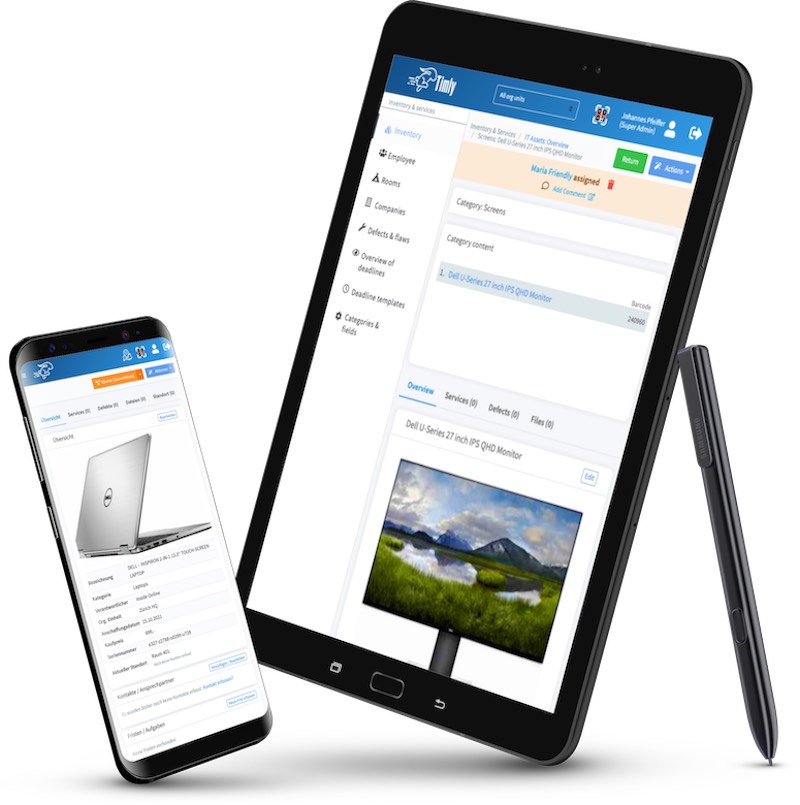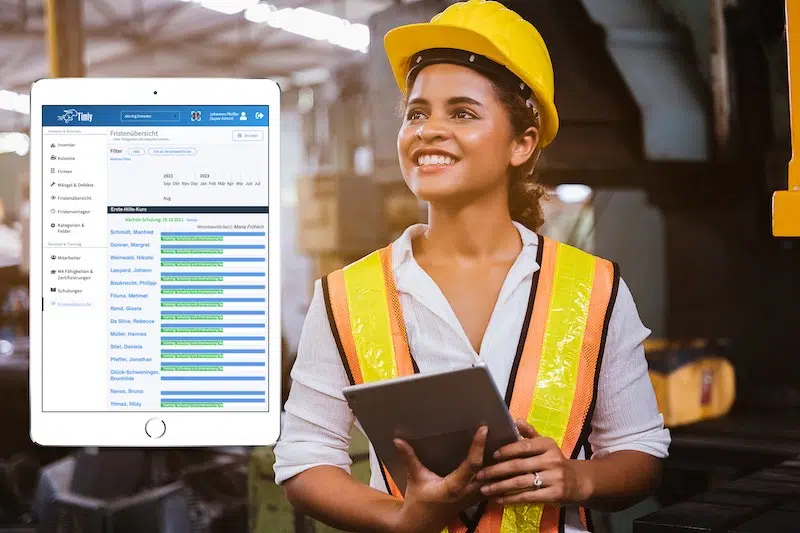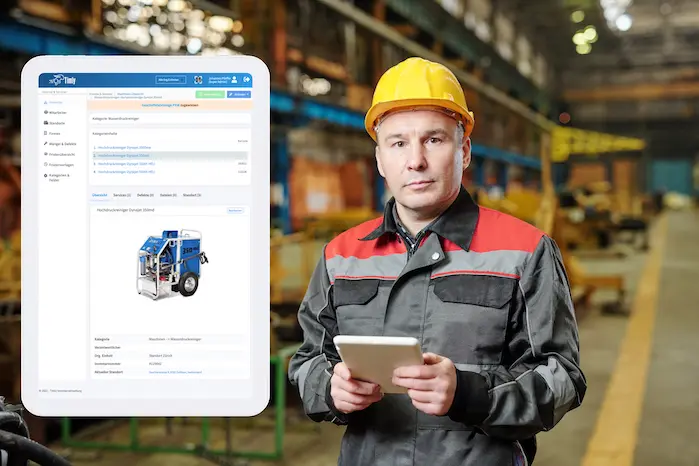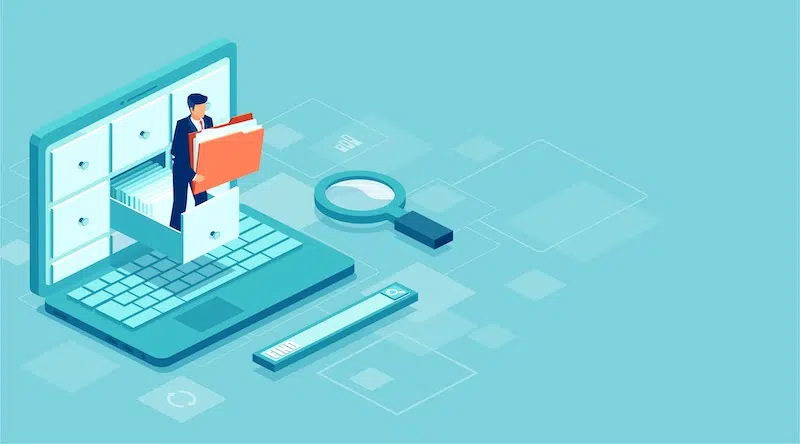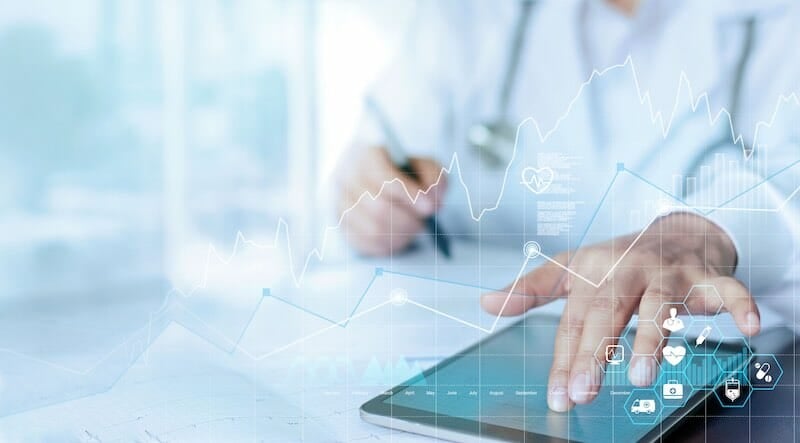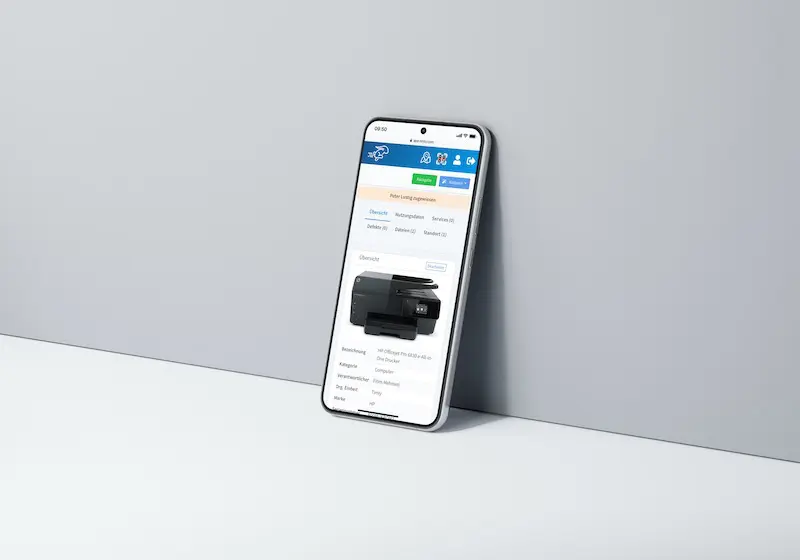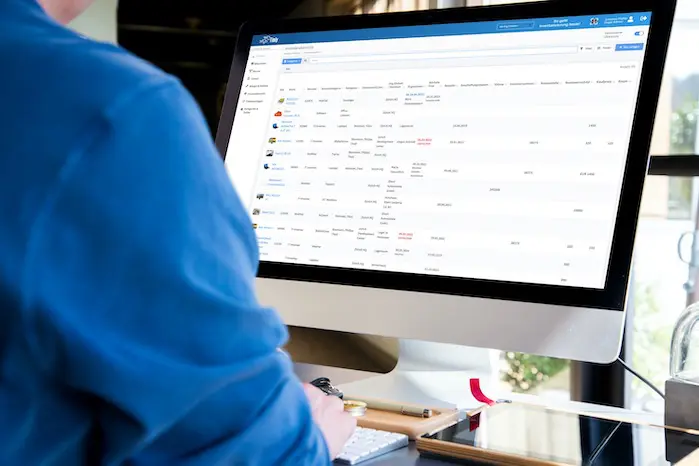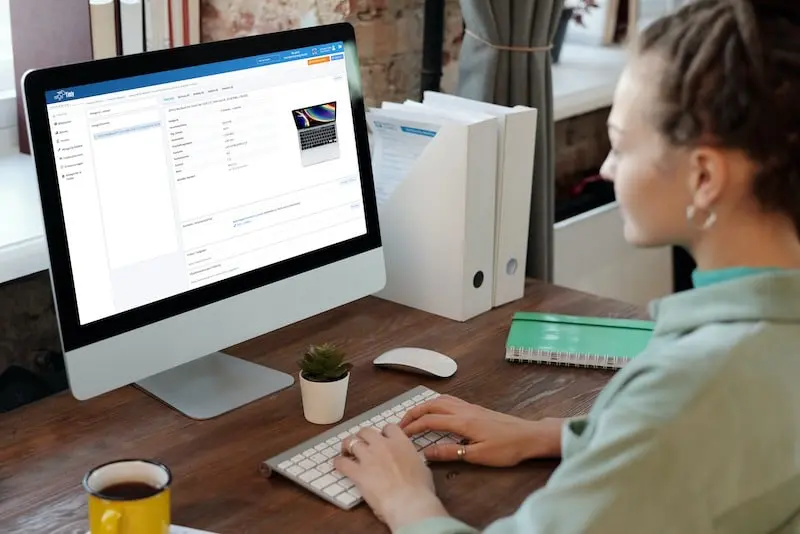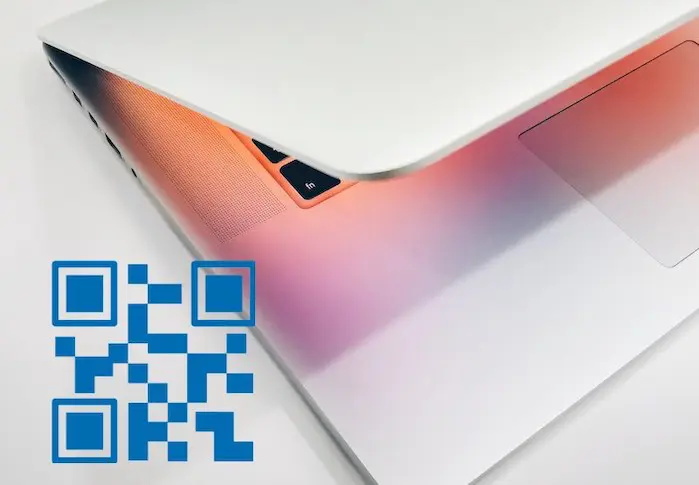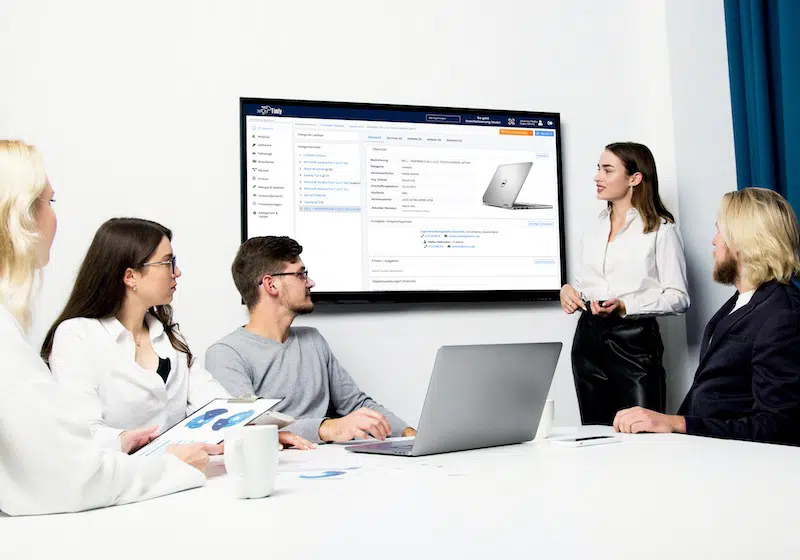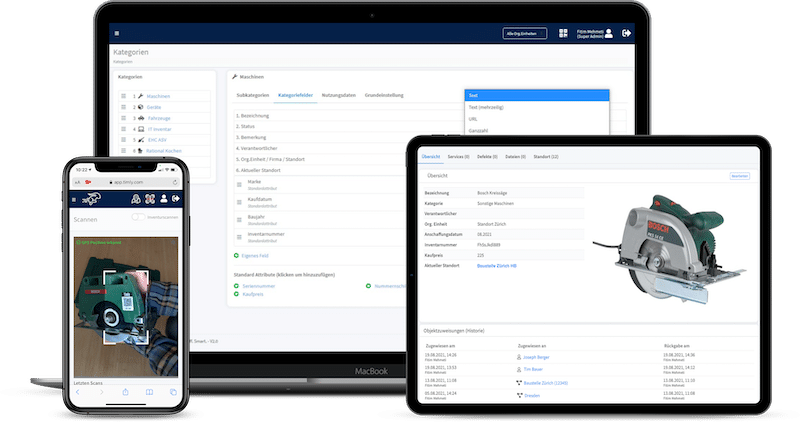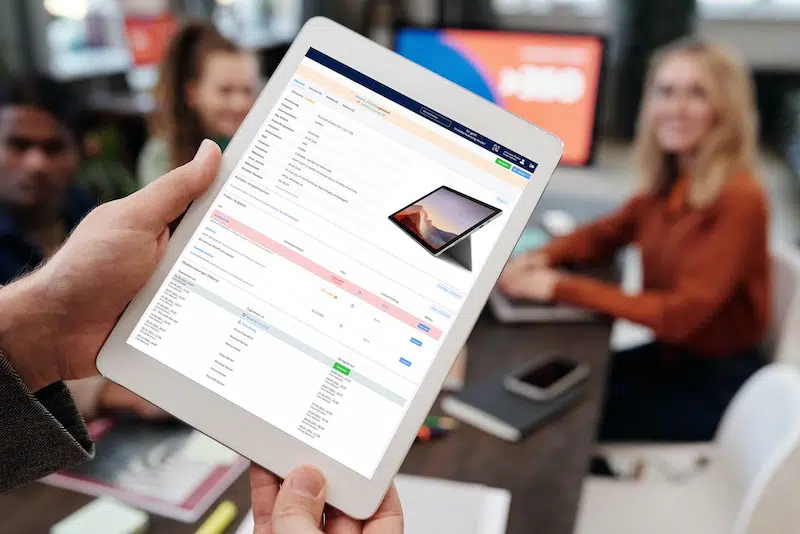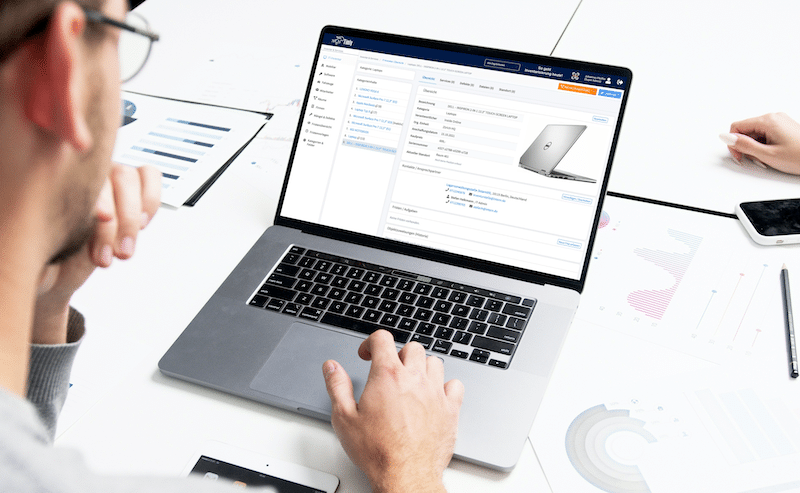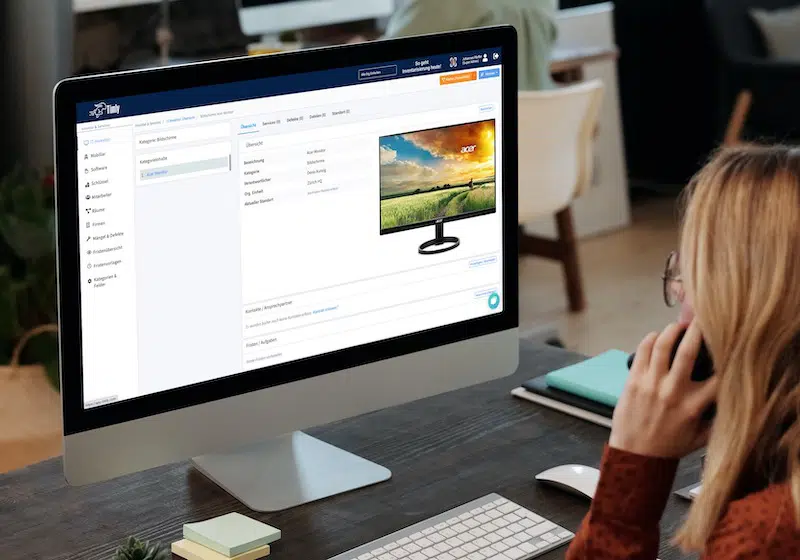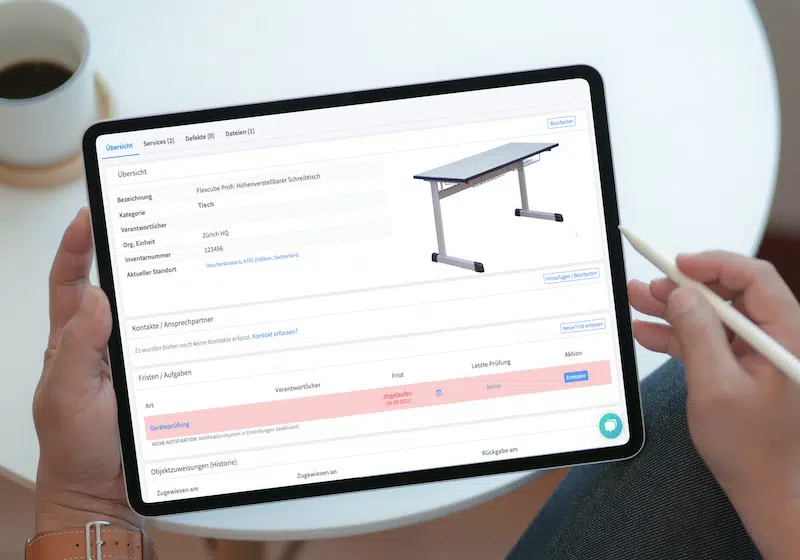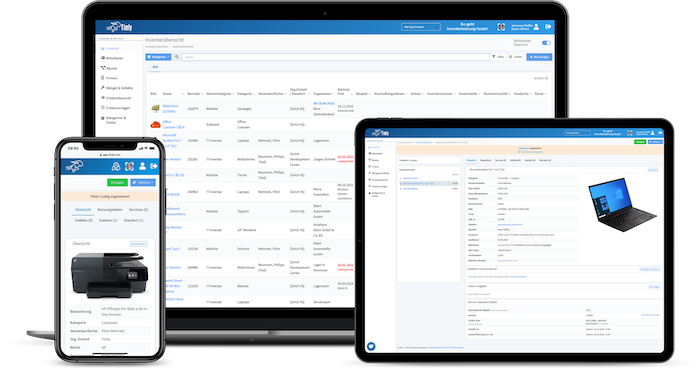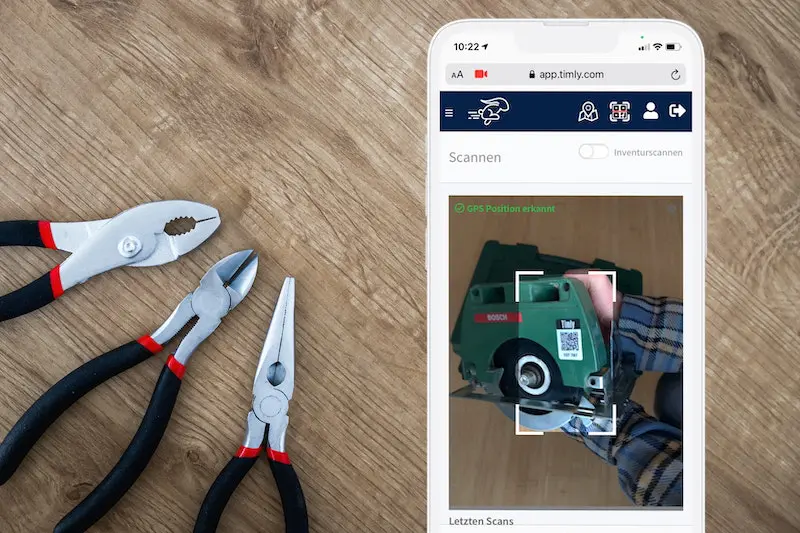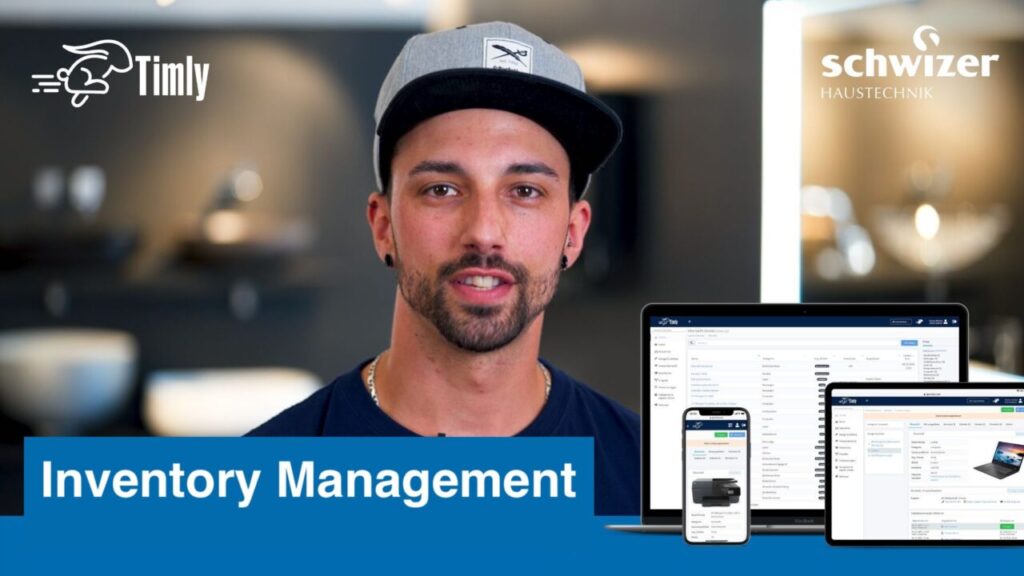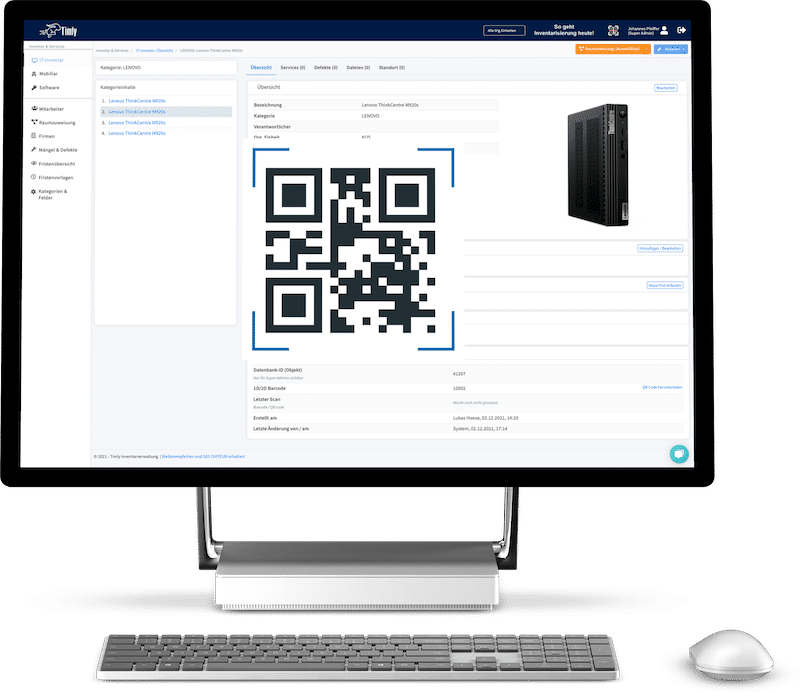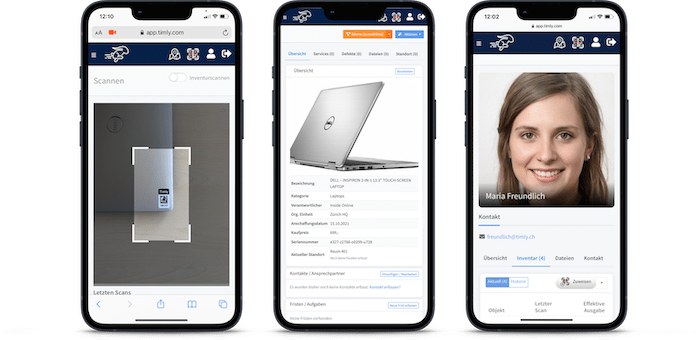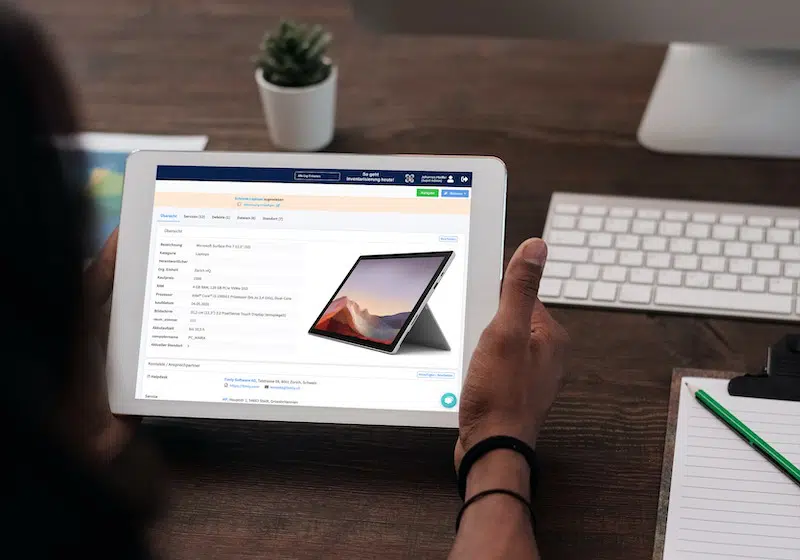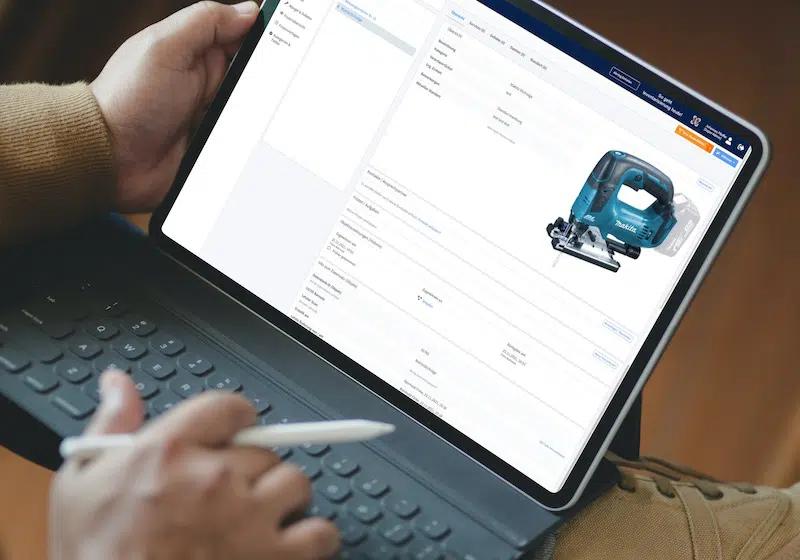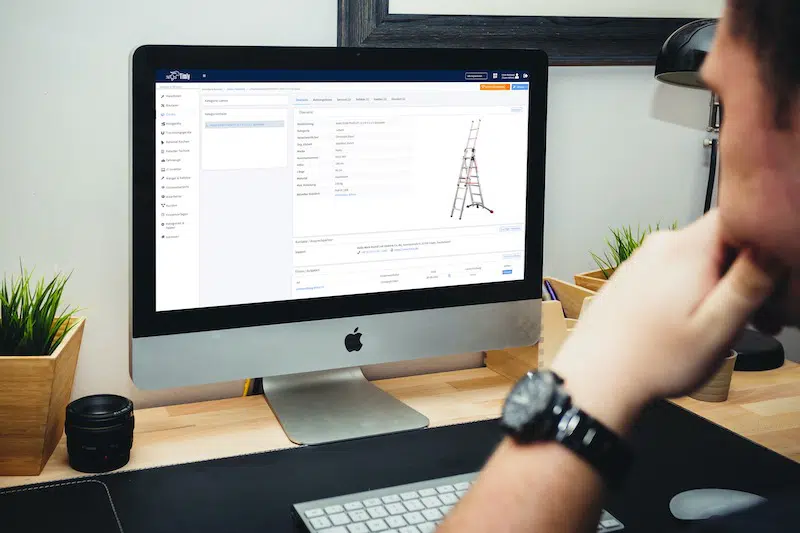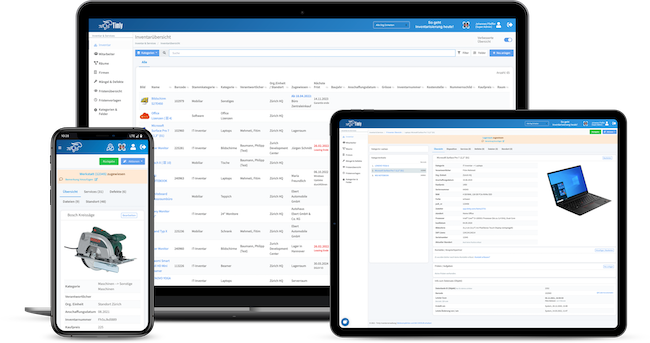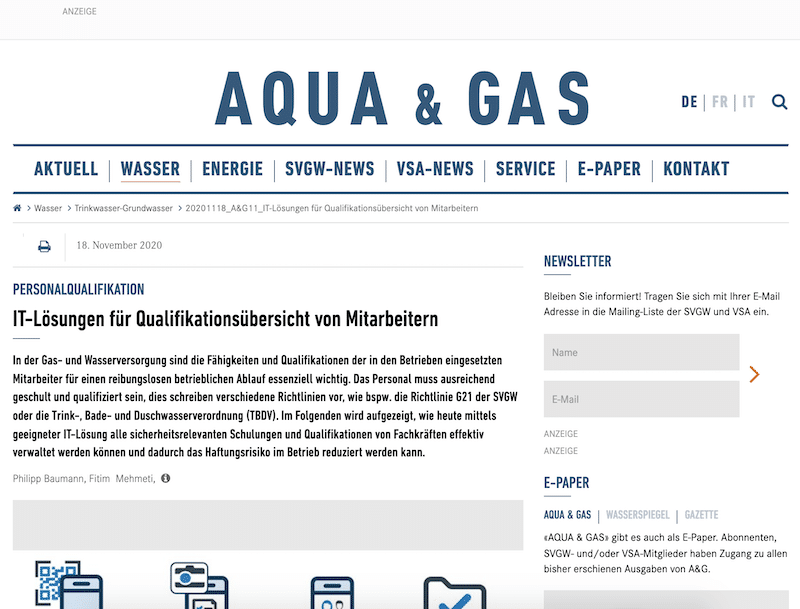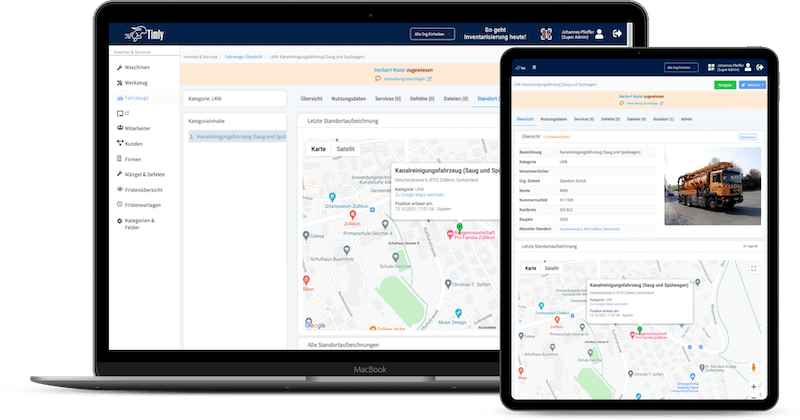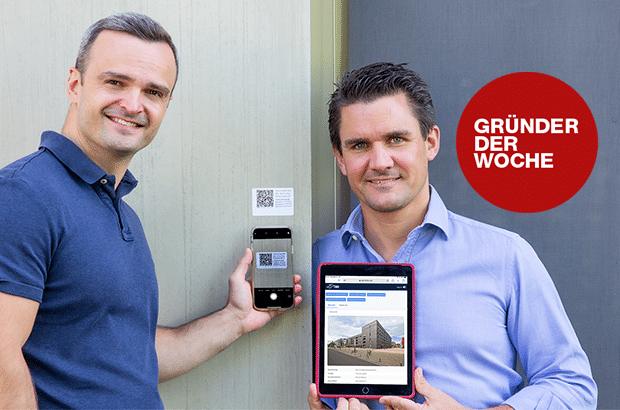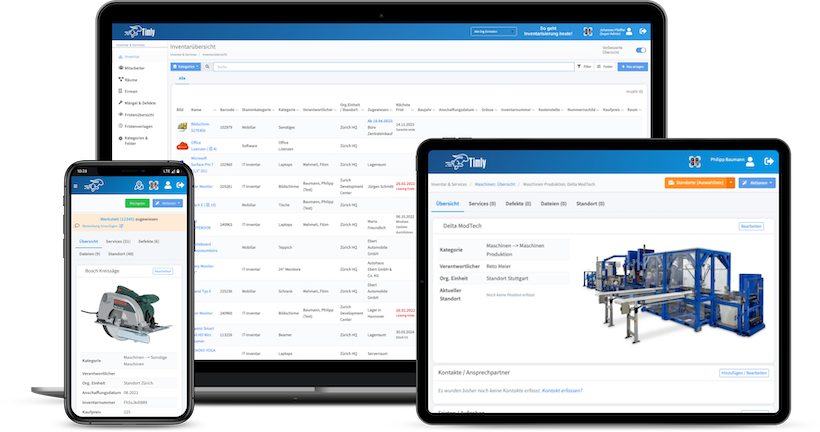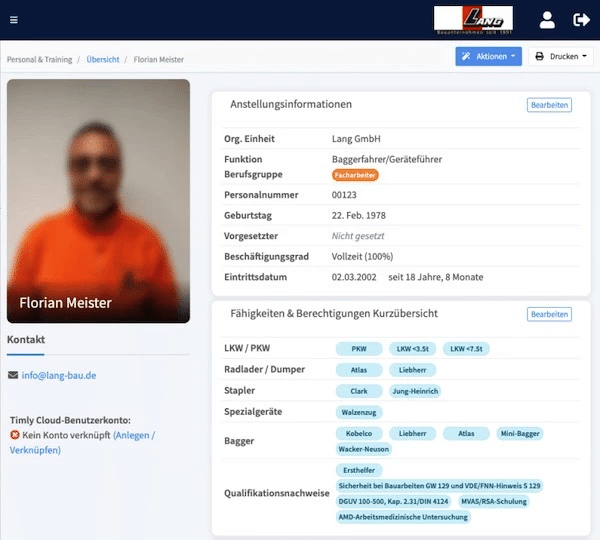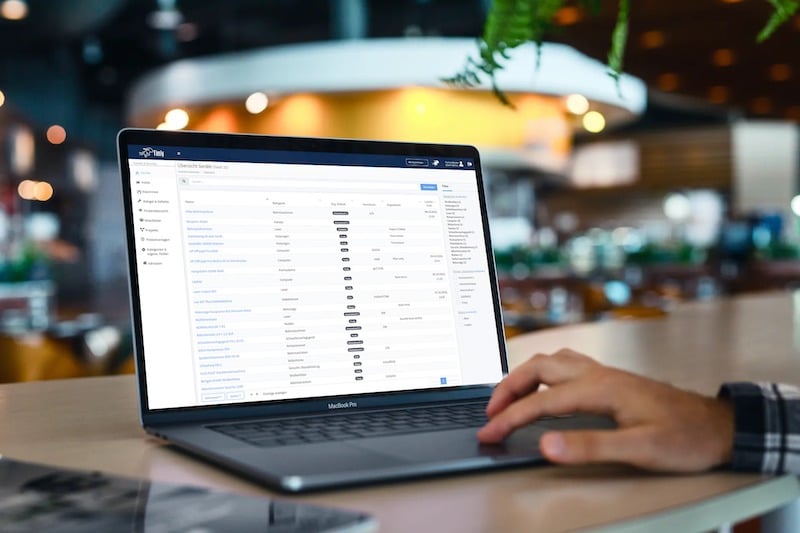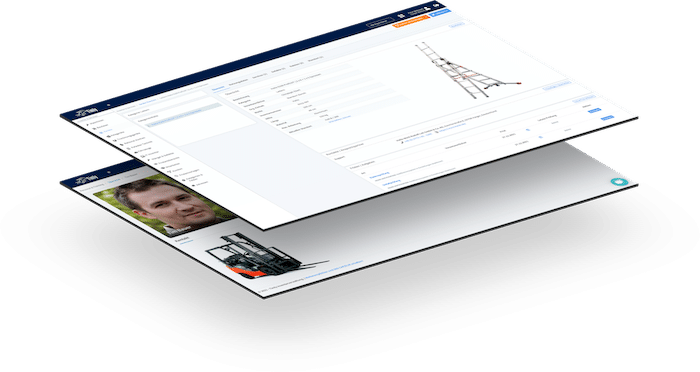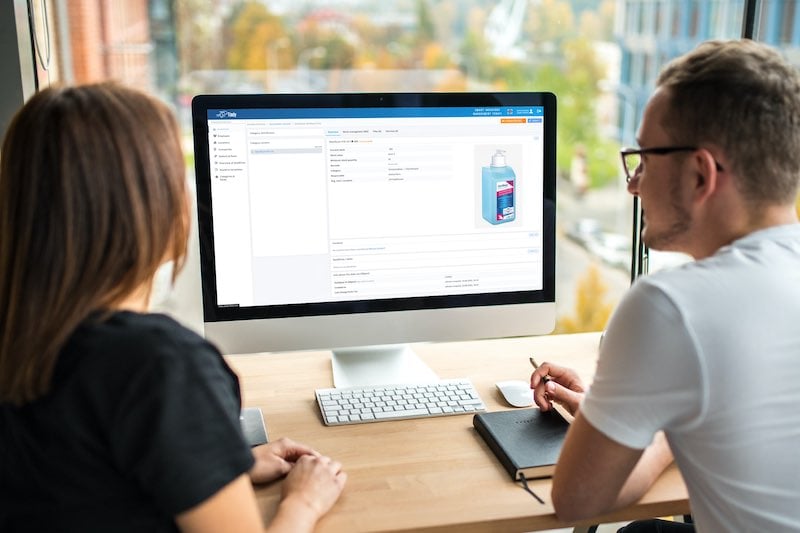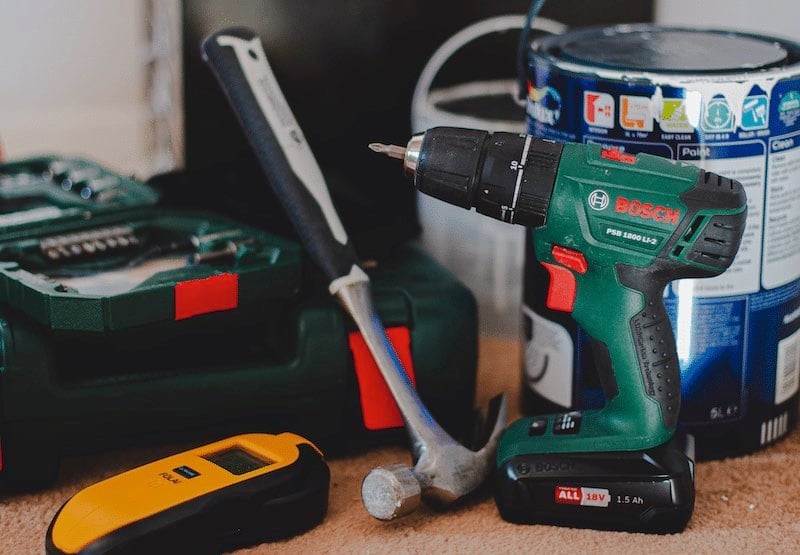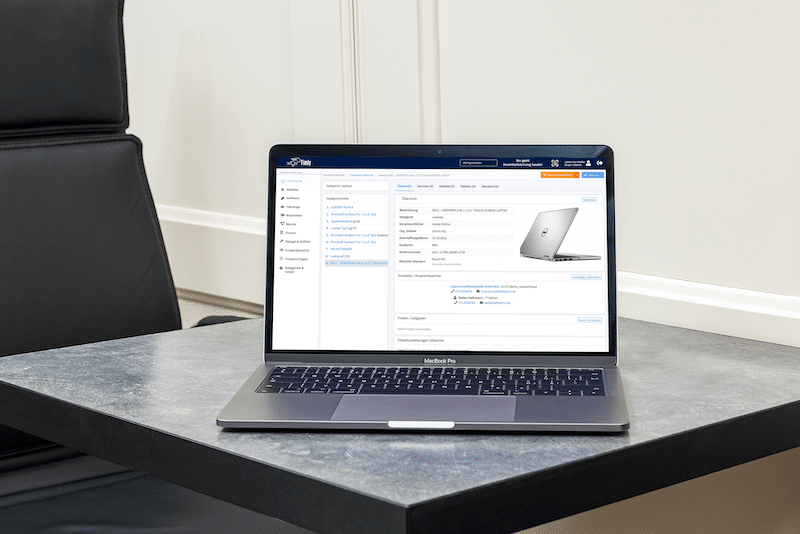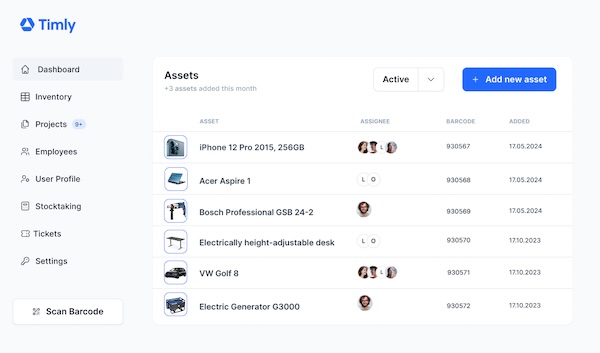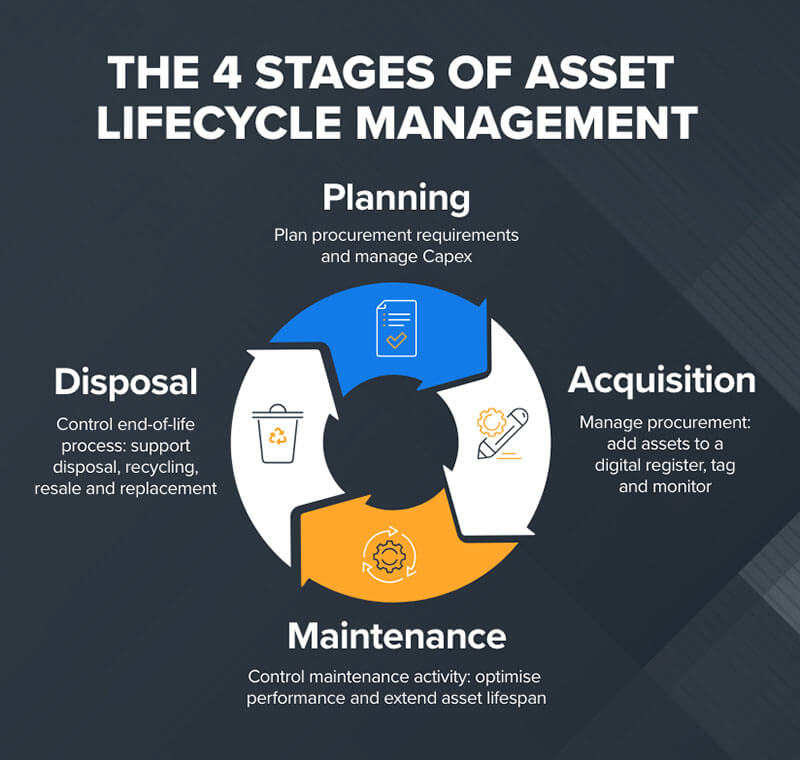
Key Takeaways:
- The phases of the asset management lifecycle are important when it comes to managing assets.
- The phases of the asset management lifecycle are planning, procurement, maintenance, and disposal.
- Proactive maintenance and in-depth user training will enhance the performance of asset and increase its lifespan.
In This Article:
- What Are the Asset Management Lifecycle Phases?
- Asset Management Life Cycle Process Diagram
- The Asset Acquisition Phases and Its Role in Lifecycle Management
- The Operational Efficiency Phases in Asset Lifecycle Management
- Asset Management Software in Use by Our Customers
- The Asset Disposal Phases and Renewal Strategies
- Lifecycle Cost Analysis in Asset Management
- Frequently Asked Questions About Asset Management Lifecycle Phases
What Are the Asset Management Lifecycle Phases?
Planning
Acquisition/Procurement
Utilization/Maintenance
Disposal
This is the final stage of the asset management lifecycle phase. It is where updates and even maintenance no longer help with asset services. Hence, there comes a point where disposal needs to be considered in a cost-effective and sustainable way. Recycling, refurbishing, resale, and even donation of the asset need to be carefully analyzed and then dealt with. Once this is done, the lifecycle starts again with the new asset.
Real-World Applications:
Healthcare:
The healthcare industry employs an asset management lifecycle to monitor products from purchase to disposal. Utilizing Timly, you can identify and manage assets from acquisition to end-of-life.
Transportation:
Asset management lifecycle is paramount in the transportation sector. Assets are tracked from purchase to utilization until the end of their lifespan. During disposal, it’s essential to either sell assets for scrap or resale.
Construction:
In the construction sector, heavy machinery and equipment play a pivotal role. Therefore, asset management throughout the lifecycle, from acquisition to maintenance and disposal, is crucial. Analyzing these aspects ensures prolonged product lifespan.
Asset Management Life Cycle Process Diagram

To ensure successful planning and gain insights into asset lifecycle management, consider the following:
- Software: The right software, such as Timly’s, enables organizations to track and manage assets effectively. This software offers functionalities like barcode scanning to track assets, schedule maintenance, monitor performance, and utilize data for informed decision-making.
- Data Analysis: Utilizing state-of-the-art analytics, organizations can record asset performance, usage, and maintenance data. This information facilitates the identification of trends and provides insights for optimizing organizational growth.
- Risk: Identifying potential risks associated with assets enables organizations to mitigate risks that could impact the asset’s lifespan. Adopting a proactive approach helps mitigate potential disruptions or failures.
- Costing: Evaluating costs from ownership to end-of-life is essential. This includes acquisition costs, maintenance expenses, operational costs, and end-of-life expenses. This comprehensive overview aids in making informed decisions regarding future investments.
How Does Asset Planning Impact Lifecycle Management and It’s Stages?
Asset planning profoundly influences lifecycle management and holds significance across its stages. With proper planning, organizations can determine which assets to acquire, utilize, maintain, and eventually dispose of. This process is crucial for extending asset lifespan and mitigating potential costs. Effective asset planning ensures optimization, risk reduction, and efficient resource allocation within organizations, thereby minimizing unwanted expenses.
- Maintenance: By using Timly as part of your analytical tool is invaluable for proactive asset maintenance. These tools help mitigate future breakdowns, thereby reducing associated costs. Scheduling proactive maintenance is essential for extending asset lifespan, minimizing downtime, and mitigating expenses related to unexpected repairs.
- Asset Replacement: Strategic consideration is vital when replacing assets. By replacing devices nearing end-of-life, organizations can enhance efficiency, productivity, and avoid unnecessary costs. This approach is crucial for maintaining a competitive edge.

What Are the Phases of Investment Management in Assets?
It is important to understand the phases of investment management within asset management and with it, understand why asset management matters. They are as follows:
- Planning: This stage is crucial for determining risk tolerance and allocating assets effectively.
- Asset Allocation: Identifying risks, ROIs, and impacts on financial assets is essential at this stage.
- Building the Portfolio: Generating a portfolio is impactful as it involves categorizing assets strategically.
- Risk Management: Ensuring diversification and allocation of assets is vital to meet market standards and stay updated.
- Monitoring and Evaluating Performance: Tracking metrics ensures consistent performance, aligning with investment objectives.
Investment significantly influences the asset management lifecycle, impacting asset acquisition, utilization, maintenance, and disposal. Given its role in asset purchase, it is crucial to recognize its importance in optimizing asset performance, lifespan, and alignment with organizational objectives.
Over 600 Companies, Schools and Cities Rely on Timly
(No credit card required)
The Asset Acquisition Phases and Its Role in Lifecycle Management
Asset acquisition is a critical component of the lifecycle management phase as it encompasses both procurement and implementation processes.
- Procurement: This phase involves identifying specific vendors, determining the types of assets required, and negotiating terms with suppliers before purchasing assets.
- Implementation: After acquiring assets, it becomes imperative to schedule proper implementation procedures. This includes training users, installing products or assets, and addressing integration processes.
These practices are essential for effectively managing assets throughout their lifecycle. Additionally, it is important to ensure the quality and suitability of assets during procurement and implementation. This ensures optimal performance, minimal downtime, and consequently, prolongs the product lifecycle.
What Are the Best Practices in Asset Acquisition?
When it comes to best practices in asset acquisition, it’s crucial to understand the organization’s needs and requirements. Firstly, identify if the asset is scalable and meets the company’s required functions. Secondly, conduct thorough research on desired vendors, analyzing and selecting reputable ones that offer good quality and support. Thirdly, consider the total cost of ownership (TCO), including purchase, maintenance, training, updates, and disposal. This is vital for purchasing effective, scalable, and cost-effective products.
By adhering to these practices, you contribute to asset optimization, increasing the value, quality, and reliability of the product. Factoring in product quality helps reduce TCO.
The Operational Efficiency Phases in Asset Lifecycle Management
The operational phase is crucial for asset efficiency.
- Maintenance: Emphasizing regular maintenance, including preventive and corrective measures, is essential to minimize future downtime.
- Usage: Constant allocation, scheduling, and monitoring of the product prevent overuse or underuse.
- Efficiency: Data analysis helps identify areas for improvement and refine operational processes.
By conducting regular maintenance and utilizing assets effectively, you can prolong the asset lifecycle and ensure a good return on investment for the organization. This proactive approach helps prevent unwanted breakdowns or deterioration of assets.
How Can Operation and Maintenance Extend Asset Life?
Operations can ensure the extension of its assets by conducting regular maintenance and focusing on their lifespan. For example, preventive and predictive maintenance are crucial at this juncture. With regular inspections, cleaning, and servicing, not only will you prevent downtime, but you’ll also improve the asset’s function in the long run. Additionally, using analytics will assist in identifying potential threats or failures that might hinder asset utilization. Adhering to the manufacturer’s instructions is another factor to consider, ensuring best practices for asset use.
To maintain and maximize asset lifecycles, organizations also need to invest in training their users. Providing in-depth and thorough training not only allows users to fully utilize the asset but also helps them identify dos and don’ts while operating it. This prevents any unwanted errors and issues that might arise while using the asset. Moreover, utilizing AI systems, machine learning, or even IoT to monitor, analyze, and predict asset optimization and performance will be an added advantage.
Asset Management Software in Use by Our Customers
The Timly software is continuously evolving to meet the needs of our customers. In various success stories, we show you how Timly optimizes processes in companies, thereby saving significant effort. With Timly, inventory management becomes child’s play.

Optimized Device Management With Innovative Self-Inventory
SodaStream is the world market leader for water sparkling systems for domestic use and has a lot of IT equipment at its various locations. Many colleagues now work from their home offices. A digital solution for the efficient management of IT end devices became necessary...
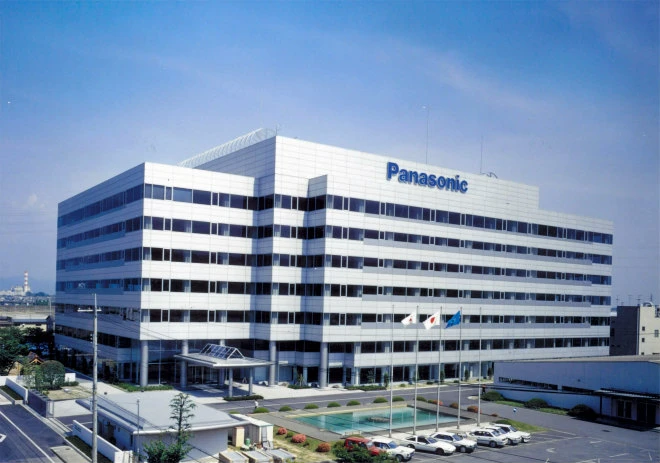
Panasonic x Timly: Driving Technological Innovation
One of the most remarkable aspects of human ingenuity is our ability to innovate. Innovation is embedded in the DNA of consumer electronics giant Panasonic, which has diversified into a number of sectors, from heavy industry to construction...
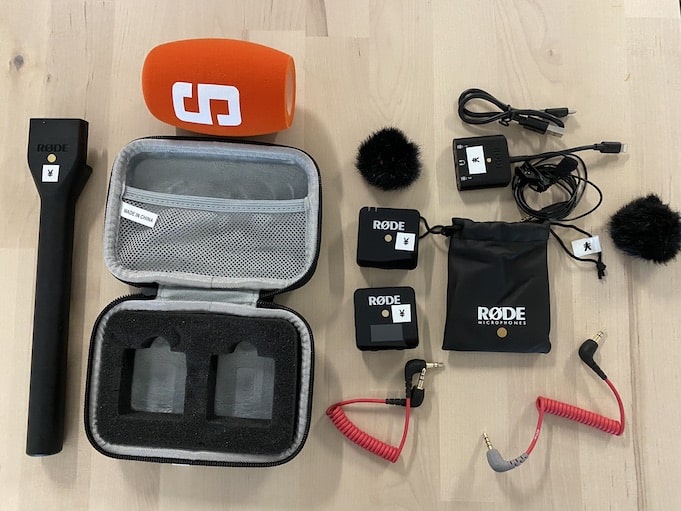
Manage Video Equipment Efficiently Without Much Effort
The Hamburg media company always does outstanding journalistic work and is characterized by independent reporting. In order to maintain journalistic quality, the teams work with highly specialized devices – these need to be managed efficiently...

Smart City Asset Management – Timly in Use at DIGOOH
The core business of DIGOOH Media GmbH in Cologne is to manage digital city light posters (DCLP) for outdoor use in various cities in Germany. The challenge here lies in making the client’s communication message always available at the right time, in the right place...
(No credit card required)
The Asset Disposal Phases and Renewal Strategies
This is the final stage of the lifecycle where assets have reached their end-of-life. It’s time to ensure that the assets are disposed of properly to facilitate the purchase and renewal of assets. Two things need to be addressed at this stage: ensuring cost-effective disposal and environmentally friendly means of disposal. Sustainable disposals are crucial to minimize the impact on the environment. Therefore, donating or recycling the device is essential. Additionally, repurposing or selling it back to vendors would not only increase ROI but also reduce expenses in the process.
What Are the Considerations for Asset Disposal?
Considerations for asset disposal include the following:
- Environmental Impact: To ensure that the organization’s disposal methods do not harm the environment, it’s important to recycle, refurbish, donate, or use proper channels for disposing of assets.
- Resale Value: Identifying markets where assets can be sold can also aid in disposal methods and increase ROI. However, this applies only to assets with significant resale value.
By considering the environment and resale value, you ensure that the organization completes the final stage of the asset lifecycle. This process represents the culmination of the asset lifecycle phase. Once completed, analysis and feedback can be gathered to make better decisions for future or current purchases.
Lifecycle Cost Analysis in Asset Management
Lifecycle Cost Analysis (LCCA) is crucial for identifying the total cost of purchasing an asset, encompassing its entire lifecycle until disposal. This entails examining the asset management lifecycle phase comprehensively, from inception to conclusion. LCCA focuses on the purchase, maintenance, upgrades, operational costs, and disposal of the asset. Therefore, LCCA is important for:
- Decision-making: Organizations can make informed decisions by understanding long-term costs.
- Cost Forecasting: This involves factoring in maintenance and replacement costs to mitigate unexpected financial expenditures.
- Cost-saving Strategies: Identifying cost-saving measures such as preventive maintenance and alternative disposal methods contributes to organizational growth.
Important methods and tools for LCCA include:
- Net Present Value (NPV): NPV calculates the total cashflow utilized throughout the lifecycle.
- Total Cost of Ownership (TCO): TCO factors in direct and indirect costs associated with owning the asset.
- Software Tools: These tools are crucial for analysis and asset management. Accurate reporting is essential for facilitating better decision-making within the organization.
How to Conduct Effective Lifecycle Costing?
When aiming to conduct effective lifecycle costing, consider the following steps:
- Scope and Objective: Analyze the assets and how they are designed to achieve the organization’s objectives.
- Gather Information: Collect data relevant to the asset lifecycle, from purchase to disposal.
- Lifecycle Costs: Utilize methods like NPV and TCO to determine the asset’s lifespan and calculate future cash flows.
- Risks: Identify potential risks associated with the assets and develop cost-effective preventive measures.
- Review: Ensure that all research and analysis conducted are reliable and accurate.
This analysis offers benefits such as effective resource allocation, identification of future risks or threats, integration of sustainability through asset management strategies, and ongoing monitoring of asset performance.
Frequently Asked Questions About Asset Management Lifecycle Phases
What Are the Asset Management Lifecycle Phases?
What Is Asset Lifecycle Management?
Recommended for You:
Book an online demo - free and without obligation - or create your free trial account directly.






